Free Shipping on Orders over $75 to the Contiguous US
Free Shipping on Orders over $75 to the Contiguous US
Building A Greenhouse
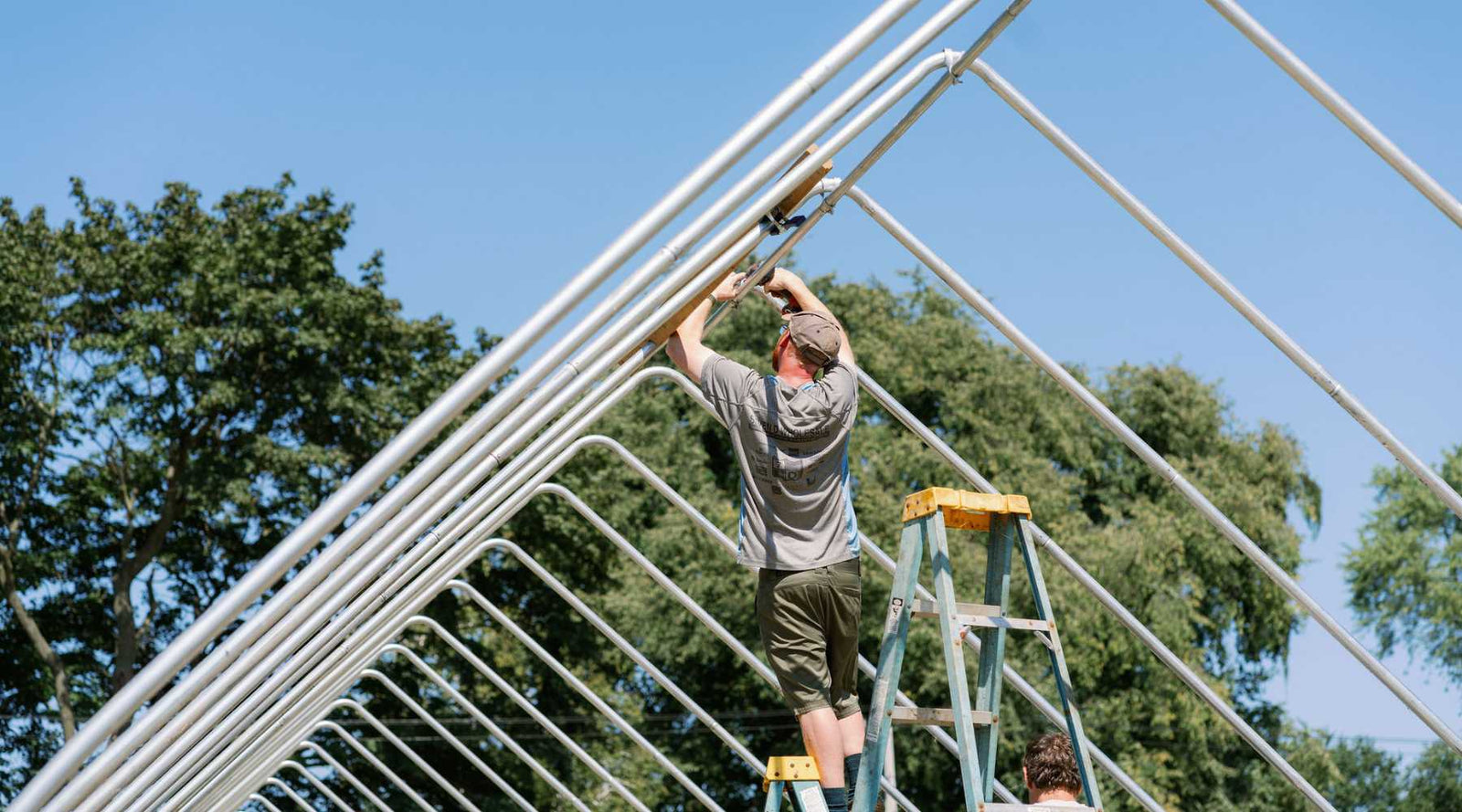
Breaking Down the Cost of Greenhouse Installation
November 14, 2025 7 min read 0 Comments
Knowing the potential hidden costs before you order a kit is essential for a successful build
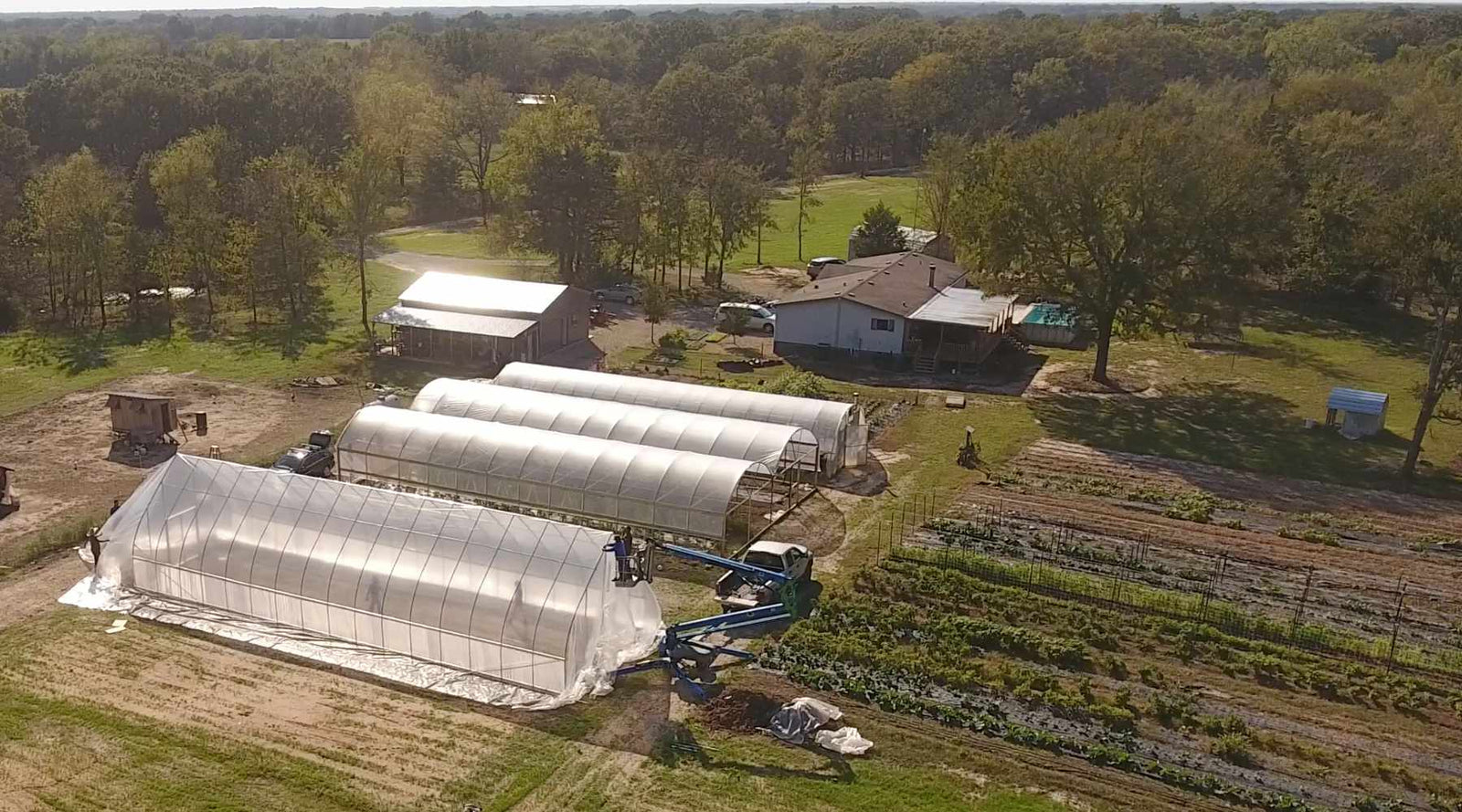
Gothic vs. Round Hoop House Which One is Right for You?
September 24, 2024 11 min read 0 Comments
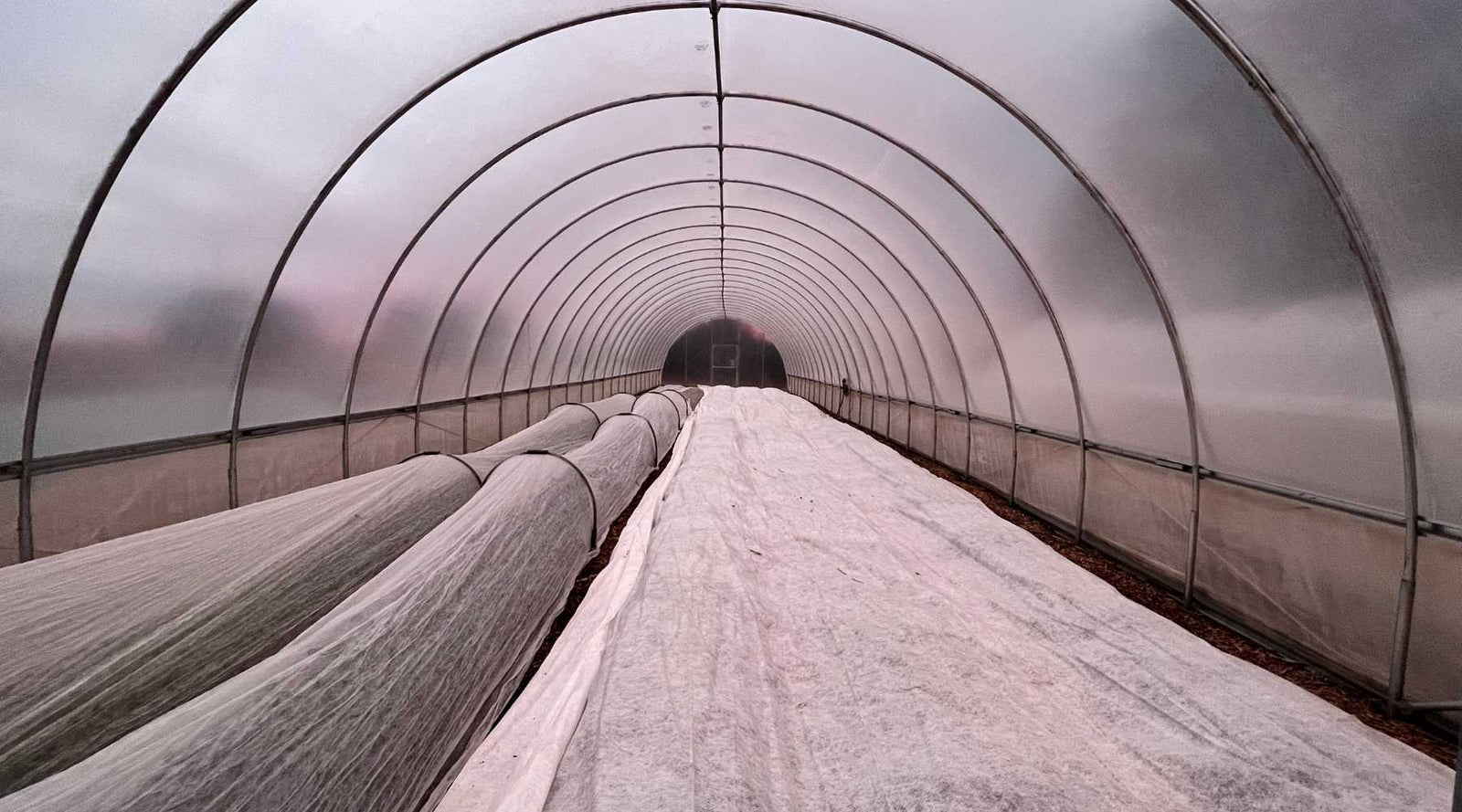
Managing a Greenhouse | Regulating Humidity & Temperatures
August 28, 2025 12 min read 0 Comments
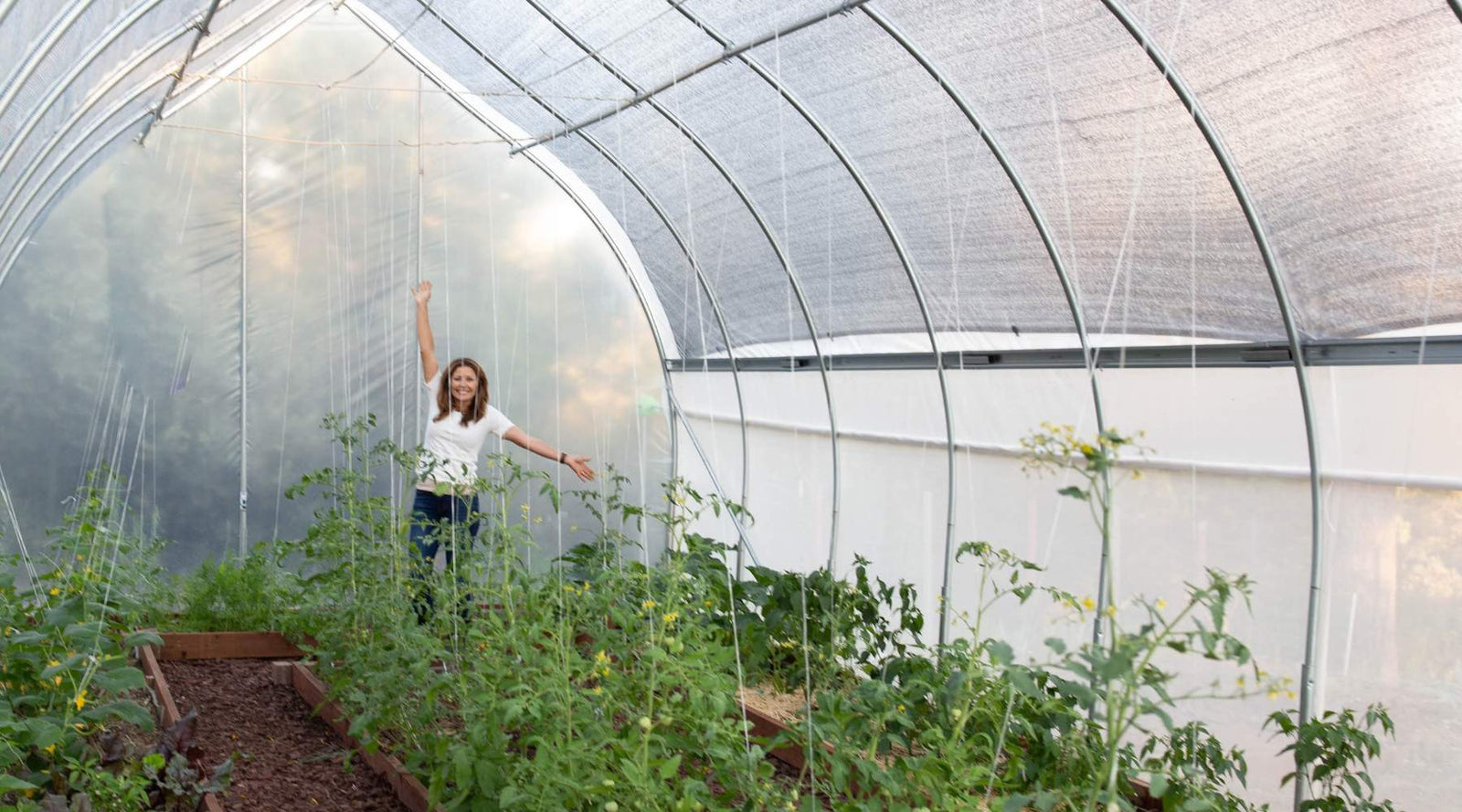
What is the Best Plastic Covering to Use for a Greenhouse? Our Guide to Greenhouse Plastic
October 08, 2025 11 min read 0 Comments
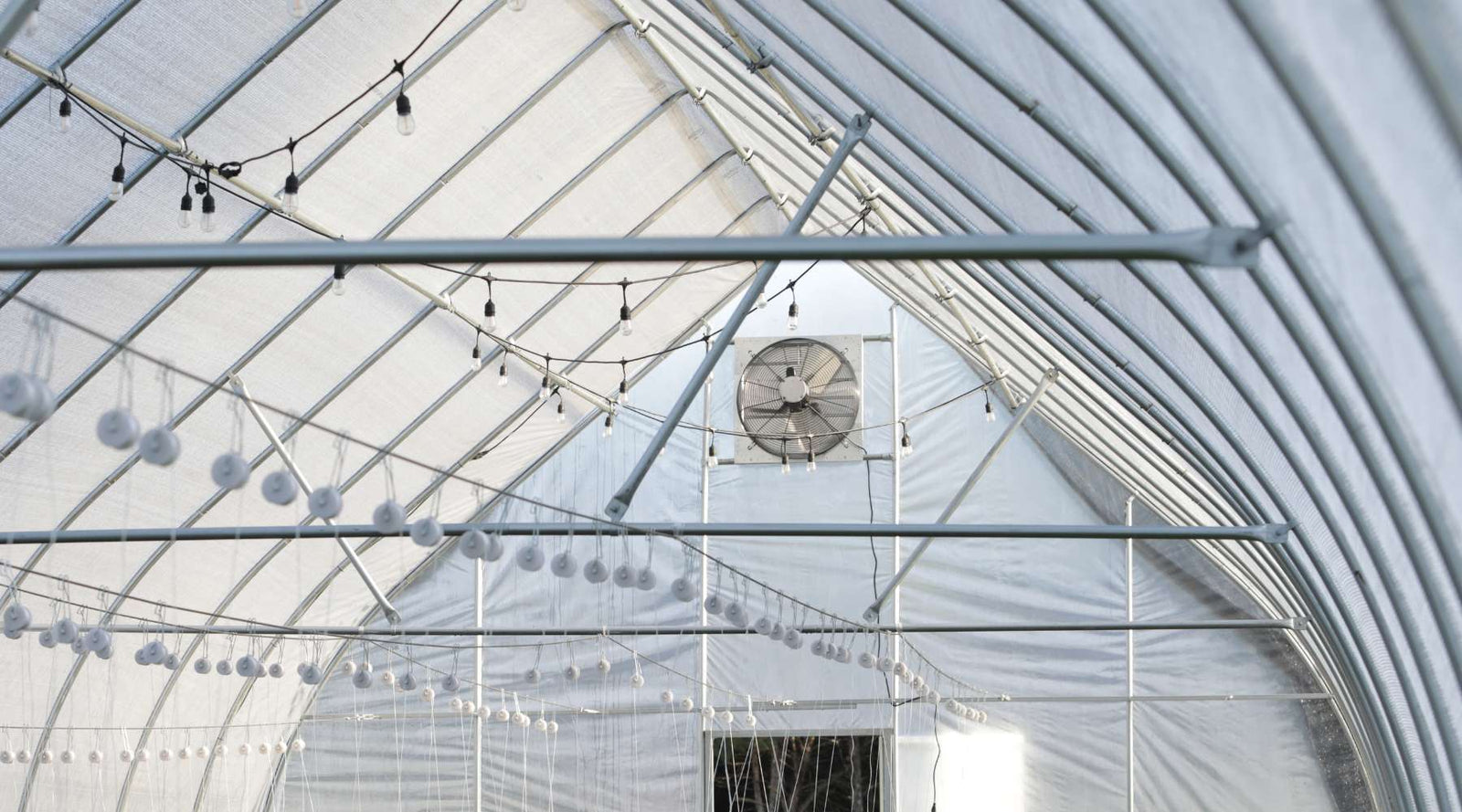
Greenhouse Ventilation
August 20, 2025 6 min read 0 Comments
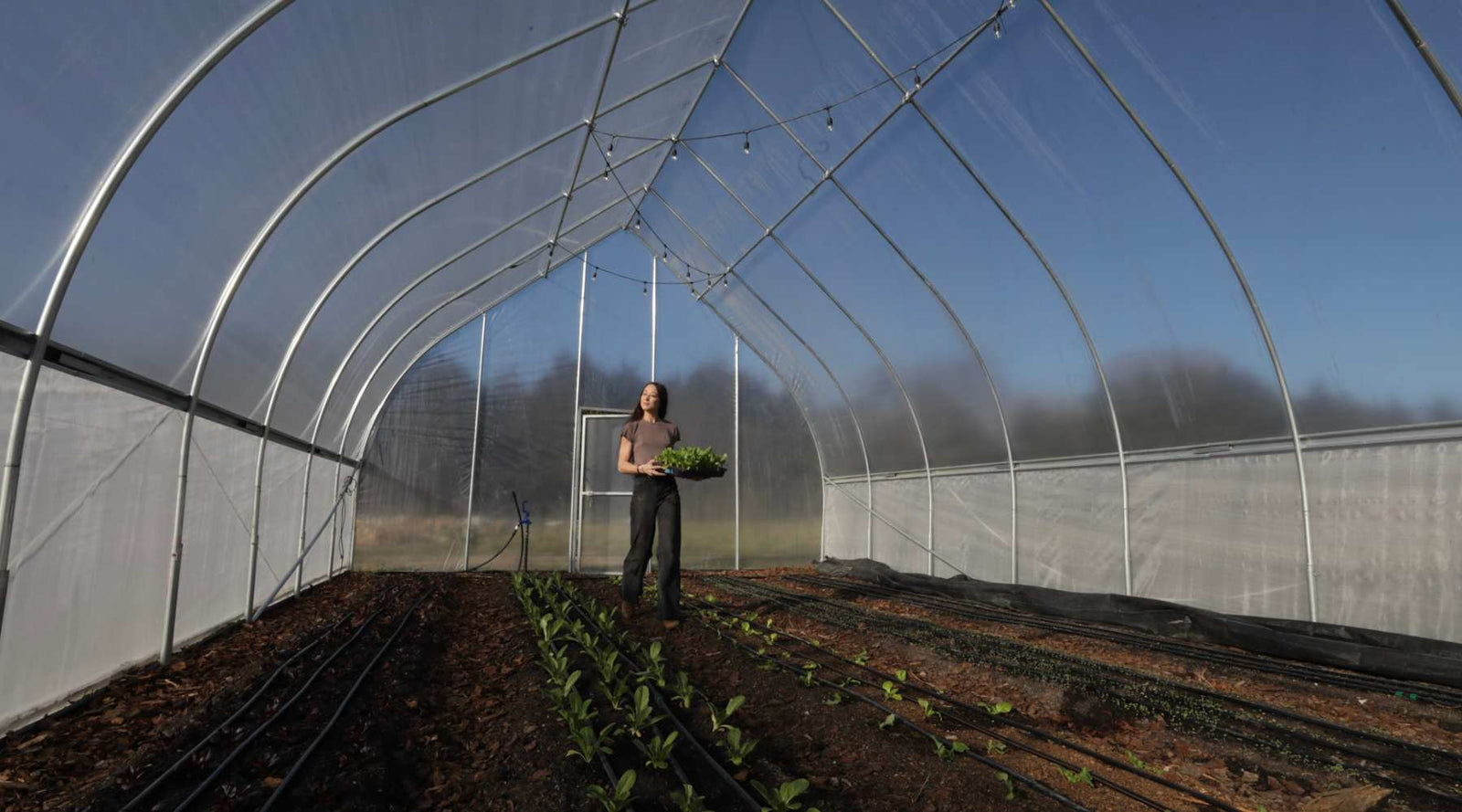
The Best Drip Irrigation Systems: How to Choose an Irrigation System for Your Farm, Garden or Greenhouse
September 14, 2023 12 min read 0 Comments
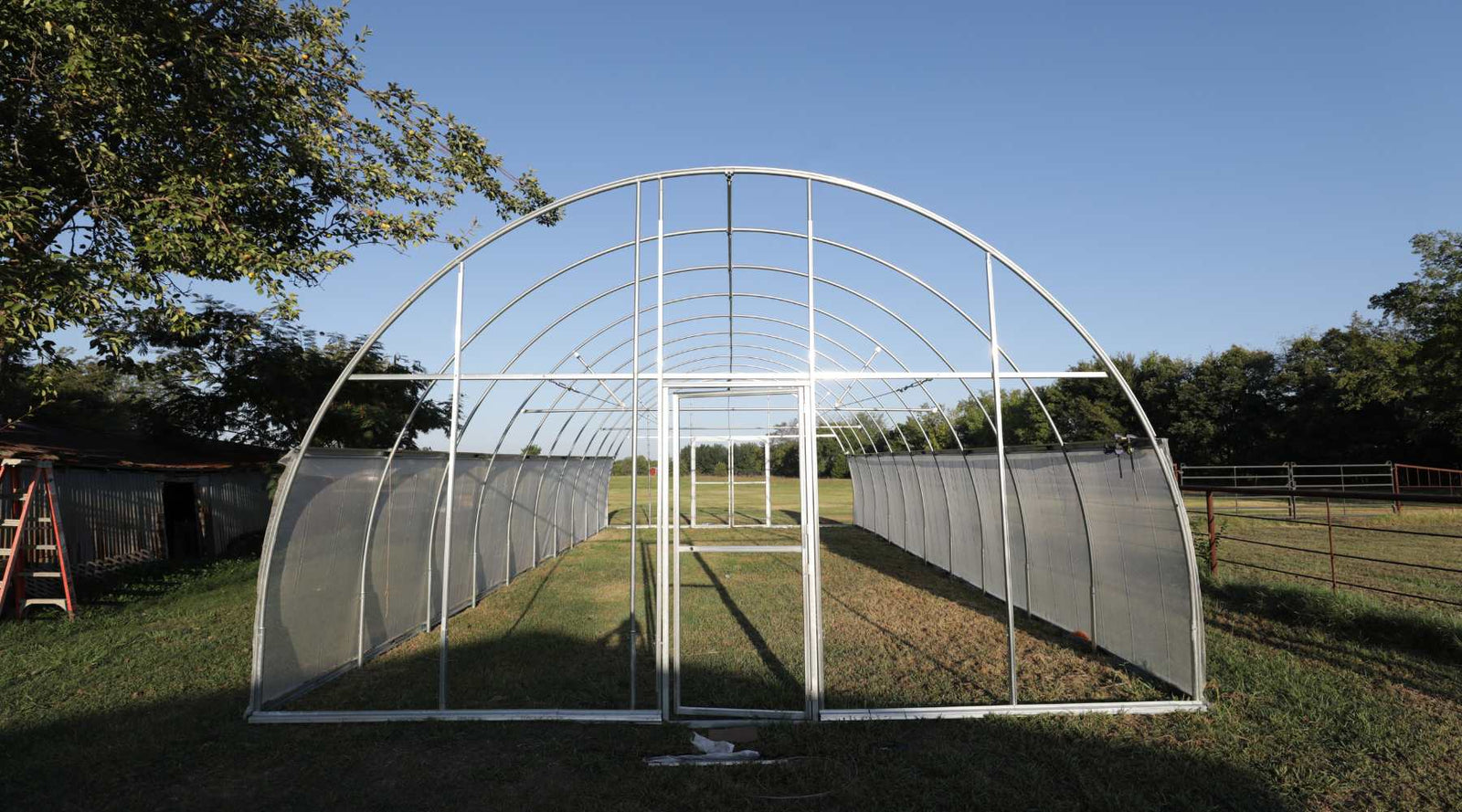
Hoops Basics and How to Install Hoops
May 14, 2023 4 min read 0 Comments
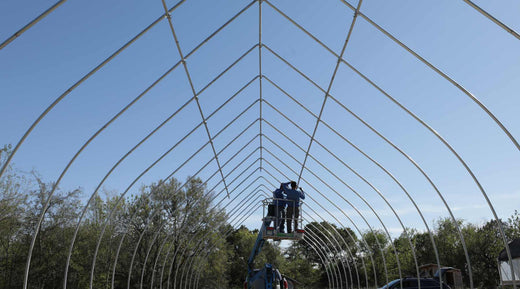
Stabilizing Your Hoop House for All Kinds of Weather
January 16, 2025 7 min read 0 Comments
Ridge poles, optional purlins, and cross connectors work together to connect and stabilize the hoops on a hoop house structure. Learn how these components work together to create a sturdy structure.
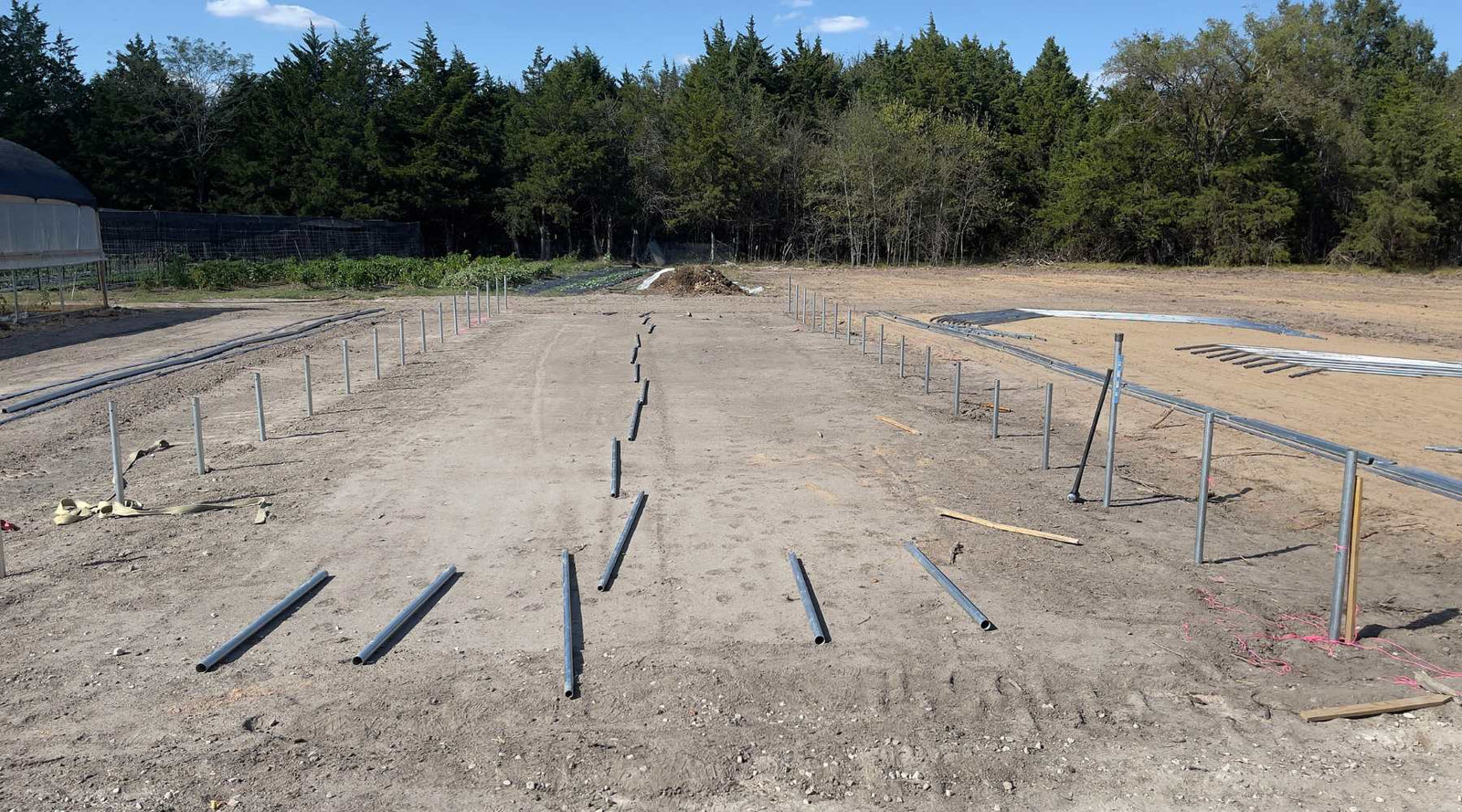
How to Install Ground Posts for a Hoop House
May 14, 2023 6 min read 0 Comments
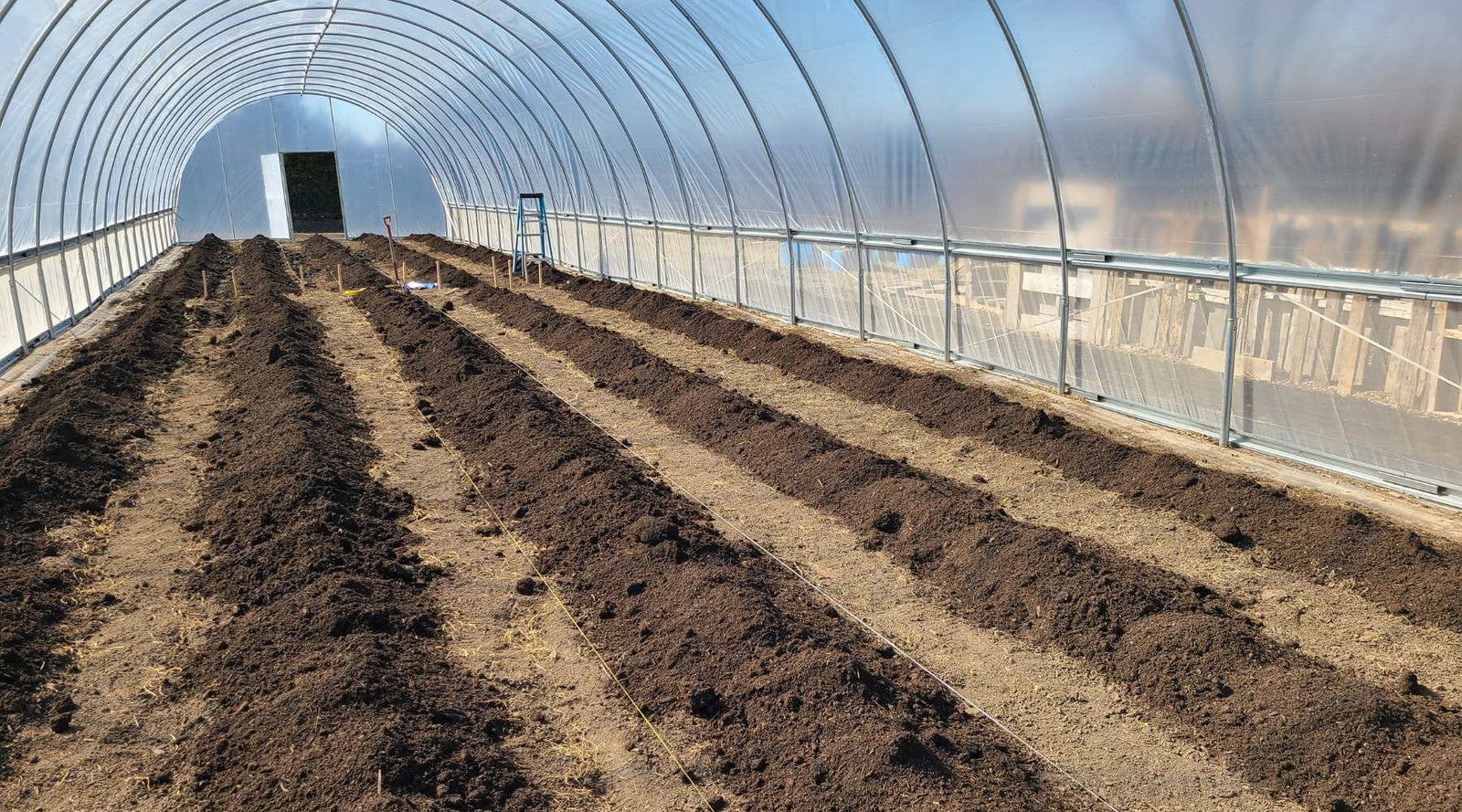
Greenhouse and Hoop House Flooring Options
September 25, 2025 5 min read 0 Comments
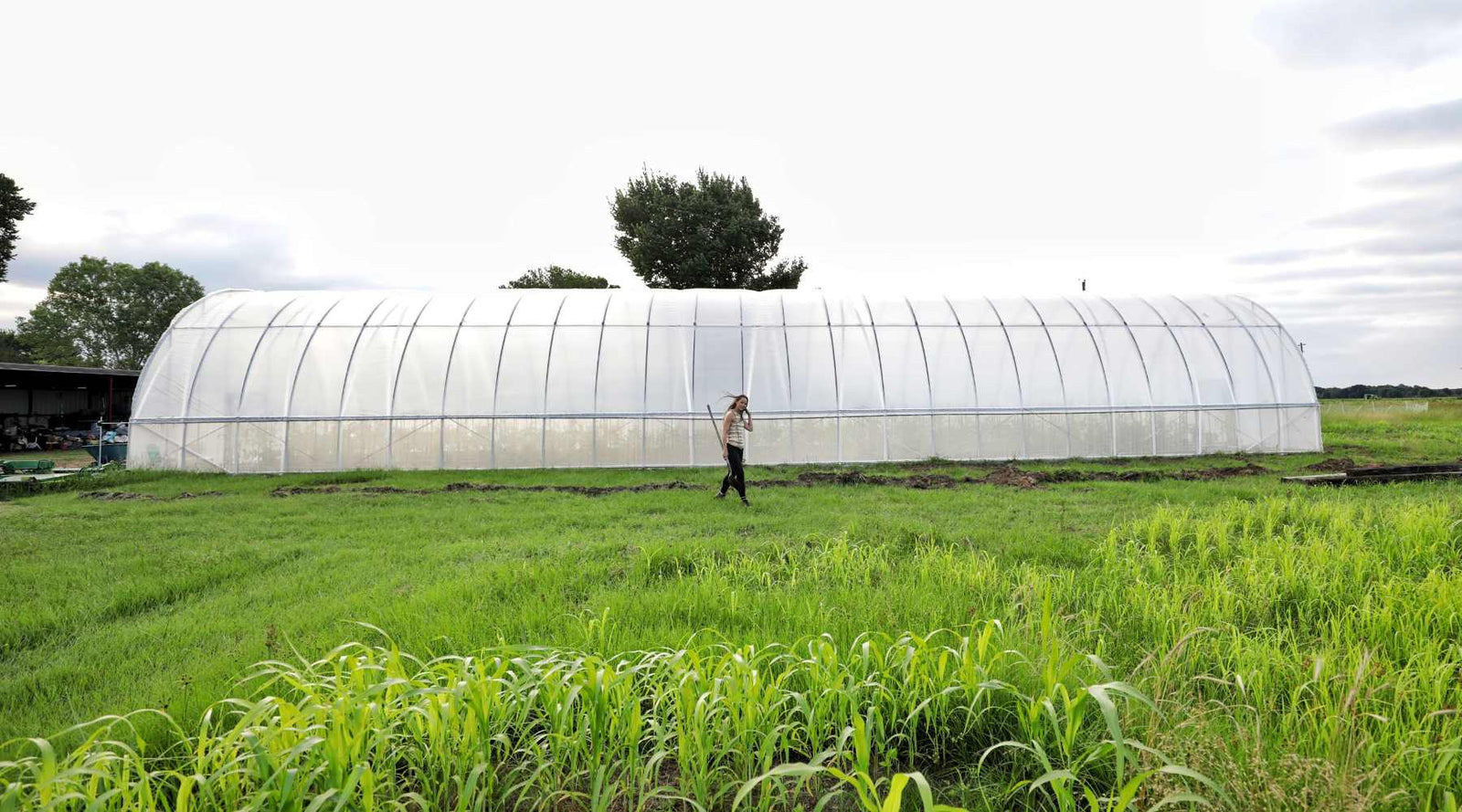
Installing Hip and Baseboards on a Hoop House
May 14, 2023 5 min read 0 Comments
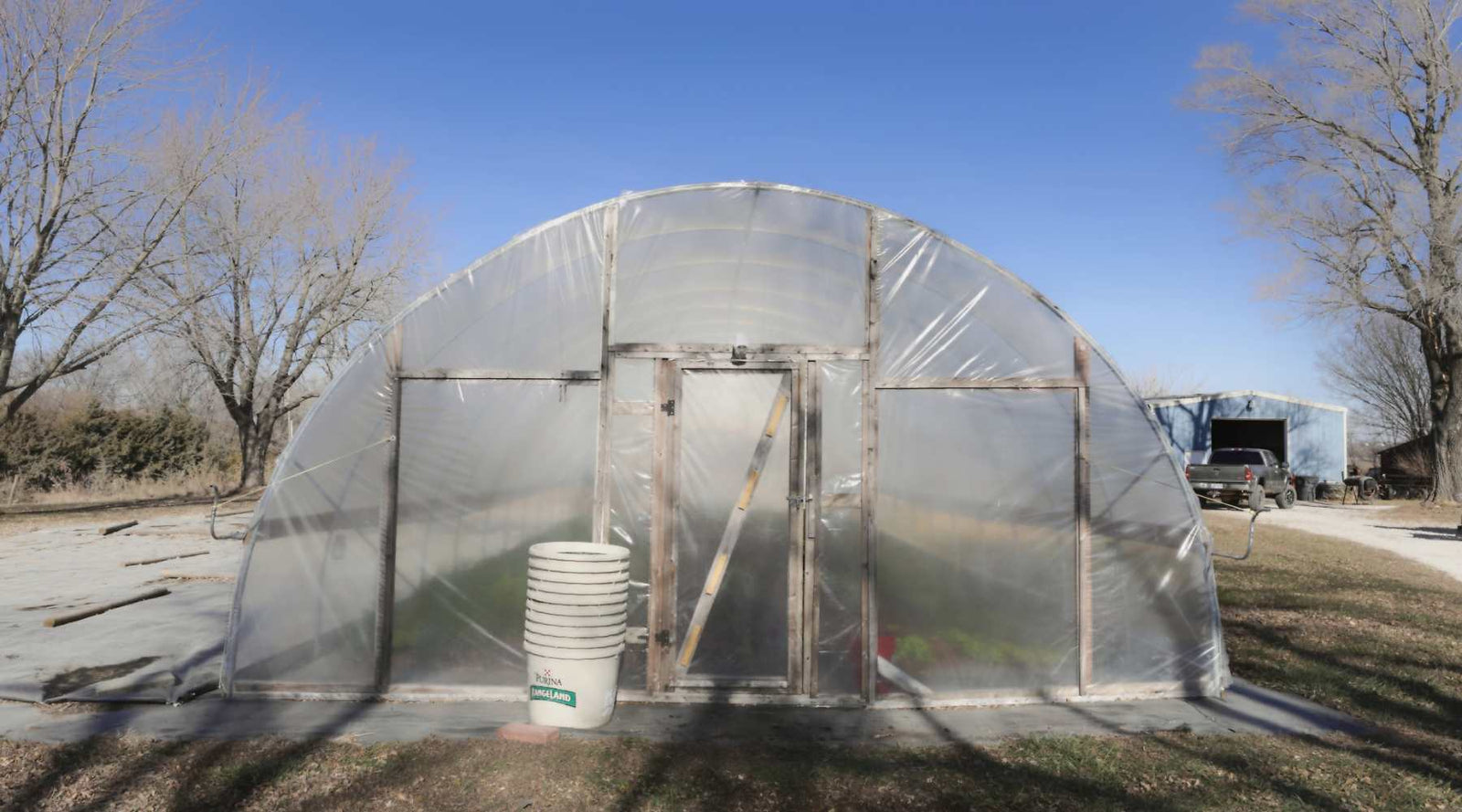
What Materials Do You Need For a Hoop House Build Project?
March 31, 2025 6 min read 0 Comments
Subscribe
Sign up to get the latest on sales, new releases and more …
